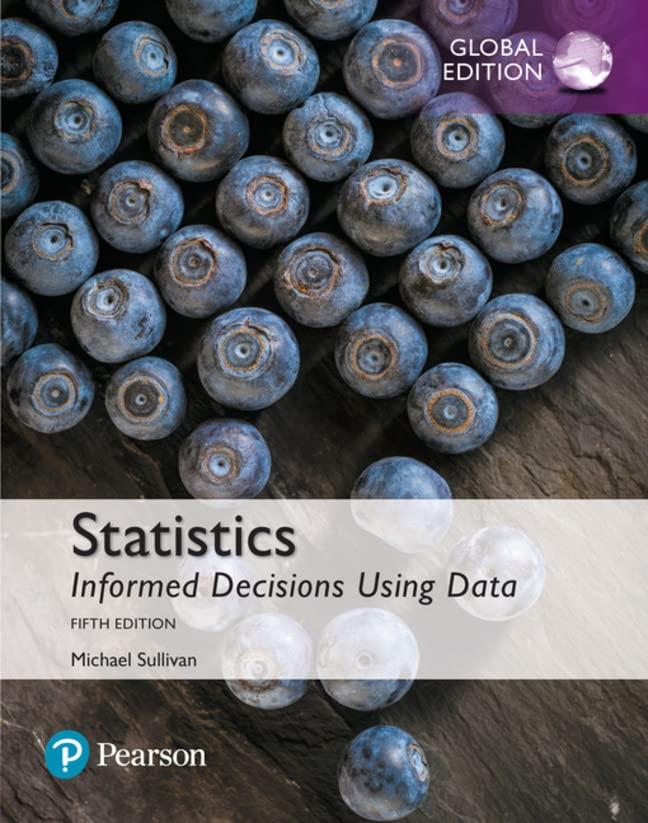Answered step by step
Verified Expert Solution
Question
1 Approved Answer
In the case of the Speluncean Explorers , Justice Foster reasons the explorers had shifted from the state of civil society to the state of
- In the case of the Speluncean Explorers, Justice Foster reasons the explorers had shifted from the state of "civil society" to the state of "nature". In his judgement he observes that a different set of rules would govern the subjects in a state of civil society and in a state of nature. He further argues that the Penal Law that applies to the rest of country could not be applied to the explorers as they formed their own social contract after being trapped in the cave. He also offers a certain vision of statutory construction. Using the example of the self-defense exemption, he explains that the relevant statute provided that, "whoever shall wilfully take the life of another shall be punished by death". Although the statute did not expressly contain the self-defense exemption, it could be inferred.
Answer the following questions in this regard:
- In your opinion, what is the relationship between law and morality?
Is it always true that what is morally wrong will also be legally wrong? Which judge do you think did the most convincing job of harmonizing law with morality in the Speluncean Explorers case?
- What is your view on the reasoning and interpretation given by Foster J.?
- Critically evaluate J. Tatting's response to the arguments made by J. Foster.
Step by Step Solution
There are 3 Steps involved in it
Step: 1

Get Instant Access with AI-Powered Solutions
See step-by-step solutions with expert insights and AI powered tools for academic success
Step: 2

Step: 3

Ace Your Homework with AI
Get the answers you need in no time with our AI-driven, step-by-step assistance
Get Started


